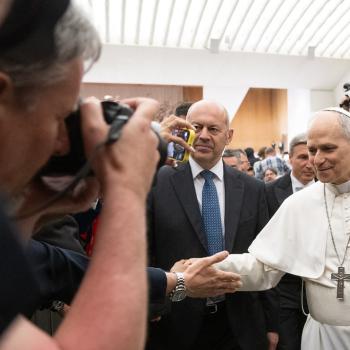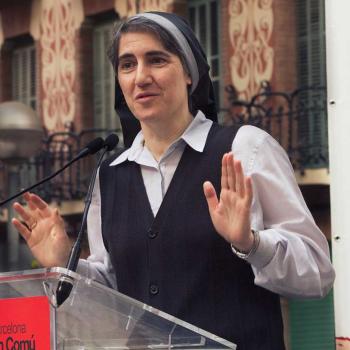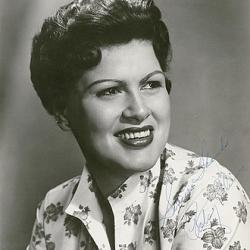To whom and for what is the Army accountable?
First and foremost, the Salvation Army is accountable to God. I'm naïve enough to believe that the Army is a divine mission that was born in the heart of God. Beyond that, we have a governance process with clear accountability up and down the chain of command, with thorough internal accountability required.
We also have local advisory boards at each unit of service who represent the public -- the largest donor to the Salvation Army -- and ensure clear accountability, with transparent accounting. Remember, monies in the Salvation Army are not raised nationally, they are raised locally, and there's a tithe at each level that supports the administration. We have accountability internally as well as through the audit process, where the Salvation Army tries hard to remain accountable to the community.
Programmatically, we work the same way. London inspects the territories, the territories inspect the divisions, and the divisions inspect the corps units. We have an accountability process that involves lay people as well as officers and professional personnel in an annual reporting process, at every level of command. We also are accountable to funders, where there are restricted or identifiable gifts; to the United Way, where we receive their dollars; and to foundations, when we receive their dollars. This entails accountability for both the funding and also the programmatic implementation and results.
Could you describe the scope of the London office, the territories, and so on?
The Salvation Army serves in 54 territories and commands that are in 109 countries around the world. At the international office they're divided into zones; so we have a zonal secretary responsible for the Americas. Here in the United States, we have a national headquarters, plus four territories -- New York, Chicago, Atlanta, and Los Angeles. Representation from these five headquarters form the Commissioners Conference, which is the governance body of the Salvation Army in the United States.
Each territory has a dual accountability to National Headquarters and to international headquarters. Each territory has ten divisions, and those divisions are responsible to the territorial headquarters. Within each division are any number of corps (from 25 up to 65), and each officer in a corps is accountable both programmatically and financially to divisional headquarters. A territory would be about a dozen states. A division can be either several sparsely populated states grouped together, or just a part of a populous state.
What is the funding pattern in America?
In 2003 we had a $2.5 billion national budget, which incidentally is a very difficult thing in our structure to put together. About $1 billion of our income came from the public's cash contributions, another $332 million from in-kind donations, and the remainder from such sources as government ($334 million) and United Way and similar organizations ($98 million).
What are the biggest challenges to keeping your management structure lean and your overhead low?
I guess the biggest challenge would be to continue to recruit and train people who are committed to the spiritual disciplines of our mission. Historically, we have been very fortunate in attracting excellent personnel to serve both as Salvation Army officers -- which is a lifelong calling -- as well as employees who are not necessarily part of the Salvation Army's religious family but who see what the Salvation Army is doing and find it sparks the passion they have for touching the lives of people.
That is partly what my predecessor Commissioner Bob Watson meant when he spoke in his book of engaging the spirit of people. It's what helps attract both advisory board members as well as volunteers and employees. Some of the finest people we have working for us come from other churches, or are very nominally churched but have a real passion for serving people in need.
What's the greatest challenge that comes with the $1.5 billion gift from Mrs. Joan Kroc?
Identifying, recruiting, and training the future leaders we'll need to maintain the ethos and the mission of the Salvation Army as we increase our employee base by about 20 percent to 25 percent is the greatest challenge.
The Kroc gift also requires you to raise much additional funding. Is that less urgent?
I can't scientifically prove this, but I know it's the right people demonstrating the right type of service to others that makes donors want to give. Let me give you an illustration. We raised $20 million in the city of Philadelphia for a capital campaign. Each time we went on a solicitation, we took someone who knew the prospective donor, and we took somebody who had already given a major gift. But we also took a Salvation Army officer who said, "This is why I do what I do." I think donors were far more captivated by the passion of the person providing that service than by the donor who gave the $500,000.




